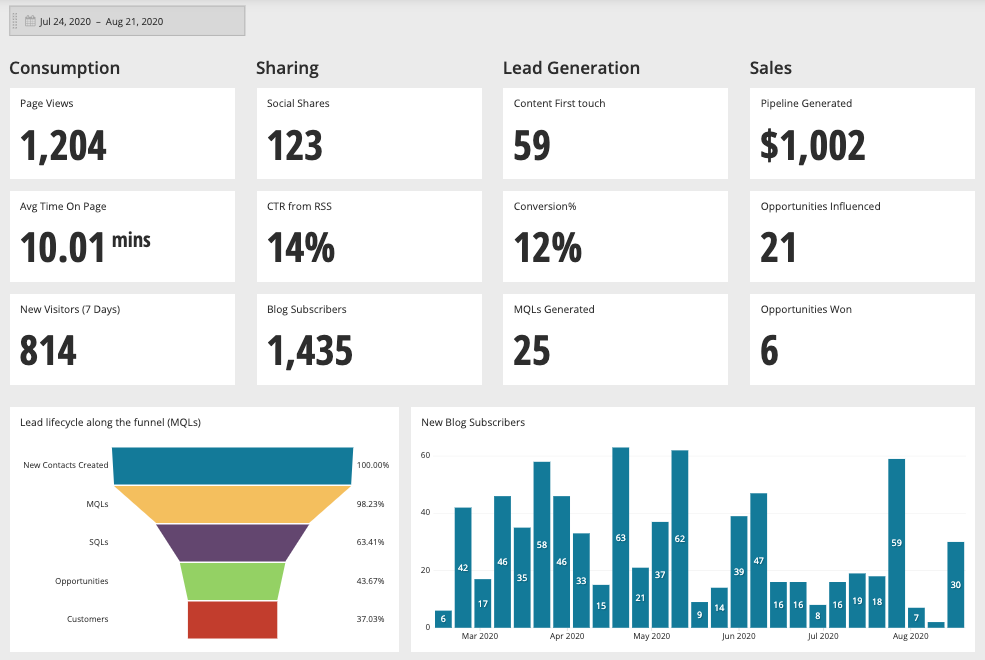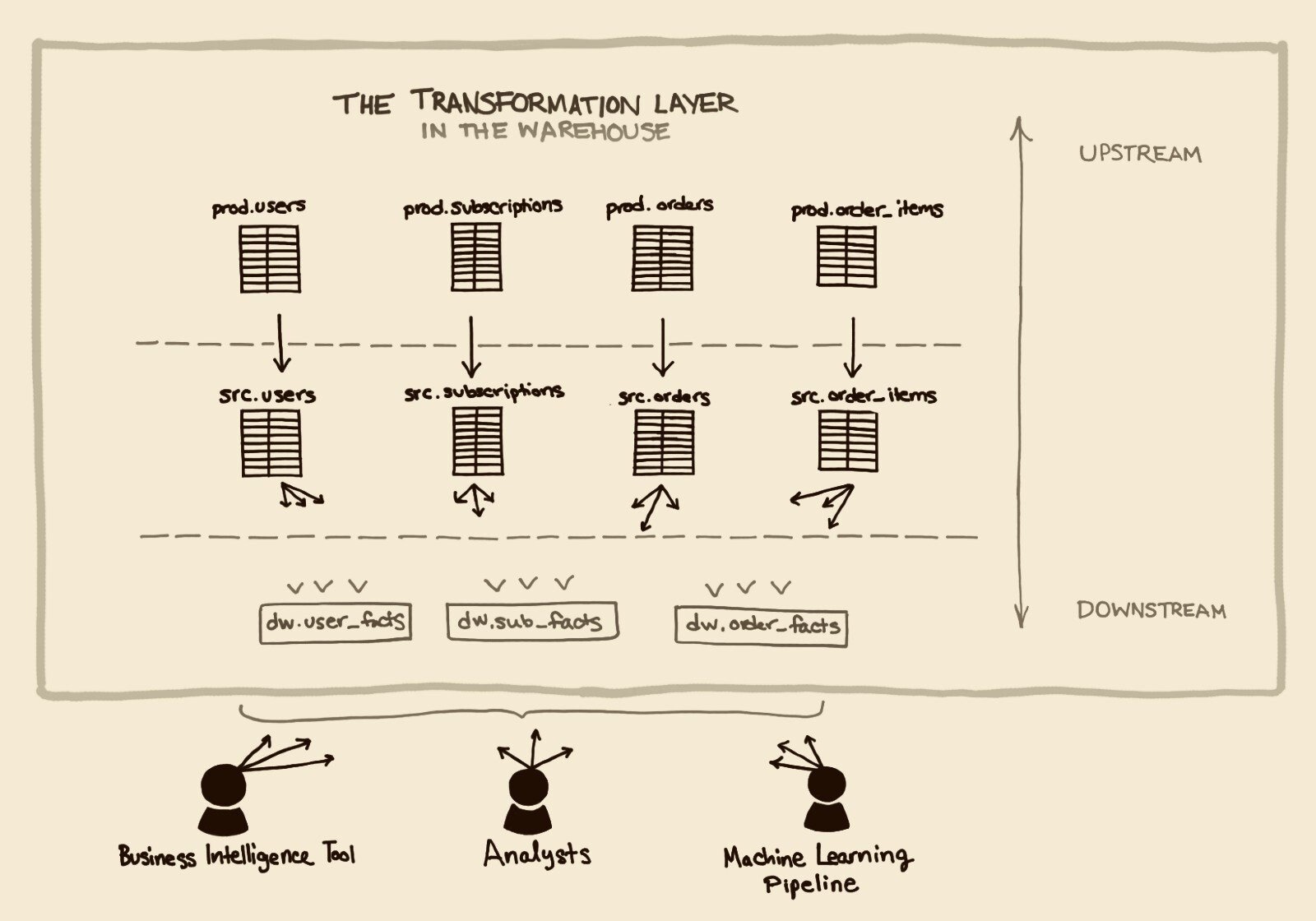Data Quality Management Anyone Can Implement
Posted by on December 1, 2015 Data Governance
Now that you have reviewed our list of data quality dimensions to consider whether your data is clean and read our suggestions for developing a data cleaning strategy, you’re ready to implement a data quality management system.
However, it’s critical to remember that data quality is a continual process that requires diligence from everyone in your organization.
Use the following steps to maintain data quality as a pillar of your data management system:
Document Along the Way

If you are implementing a data cleaning process, make sure that errors are documented, and any corrections are reported. As Data + Design suggests, document everything! Documentation will allow you to trace if changes were done correctly and that the data has not been corrupted.
If a new process needs to be developed to prevent errors, document it. Write the instructions as you go. It’s easier to document as you go than it is to remember every step you took six months later.
Maintain documentation of your data system, where the data is stored, how it is used, how it is collected. Keep documentation up-to-date and available for everyone involved. Good documentation justifies why data is cleaned or maintained a certain way, and provides a transparent record if issues ever come up.
Place Responsibility on Everyone
Data quality management is not just an IT issue. While the data system is implemented and maintained by a data or IT team, the business user must understand the meaning and the usage of the data. Everyone in the organization has an impact on your data and everyone should feel a sense of responsibility for the data quality.
In every organization, there are three primary roles in data quality management. The custodian has the primary responsibility to manage and store the data and be able to answer questions on the data workflows. The collector needs to be able to answer questions on how the data was obtained. The user has a responsibility to understand how to use the data in its proper context and recognize and inform on the errors or omissions. Each role is important to keep the data system working.
Encourage Feedback

Have feedback mechanisms where the custodians encourage feedback from users of the data. When errors are reported by users, the custodians should report back on the cause and corrections to improve the likelihood that errors will not only be reported, but also the likelihood that errors will be reduced.
Create an effective feedback loop that is simple , incentivized, and time-sensitive. Stephanie Fetchen from Tele-Tech tells a story on their data quality management system that involves incentivizing customers to report faults in return for cookies. Certainly a less traditional way to encourage feedback, but don’t be afraid to utilize a system that works for your business!
Education and Training
Keep everyone informed on how to use the data, and update them on any changes in the process. Ensure that every role (custodian, collector, and user) has the proper training on the tools they are using, and the proper understanding of the data and its context. An educated team is an effective team, and investing a little time into training will save you money in the long-term.
Data quality is essential to the reliability of your business analytics and business intelligence. Review our list of data quality dimensions to consider whether your data is clean, our suggestions for developing a data cleaning strategy, and keep this post in mind for maintaining long-term data quality in your organization.


